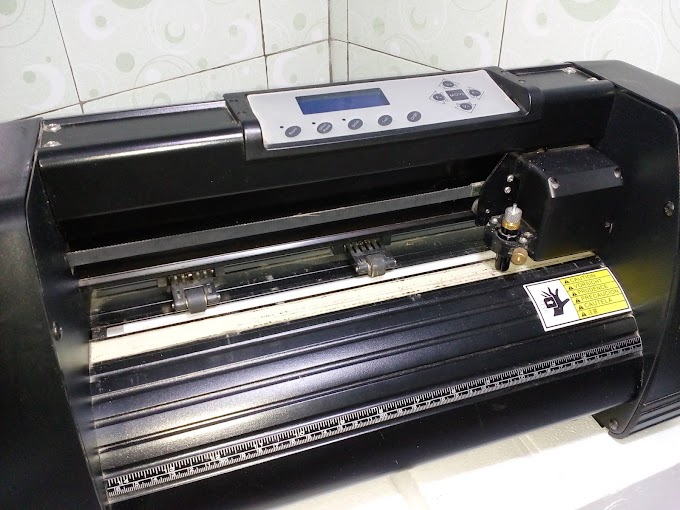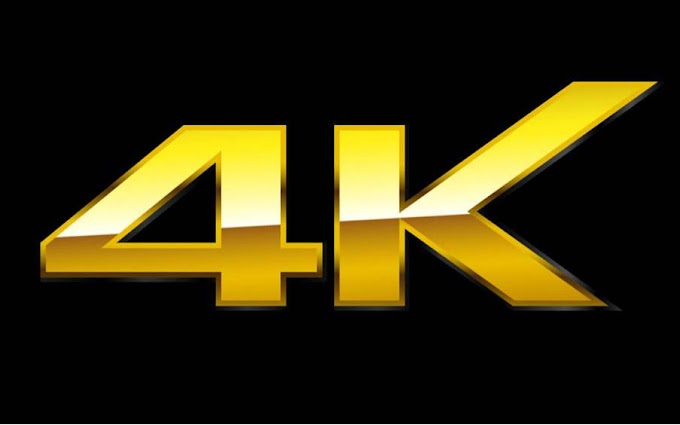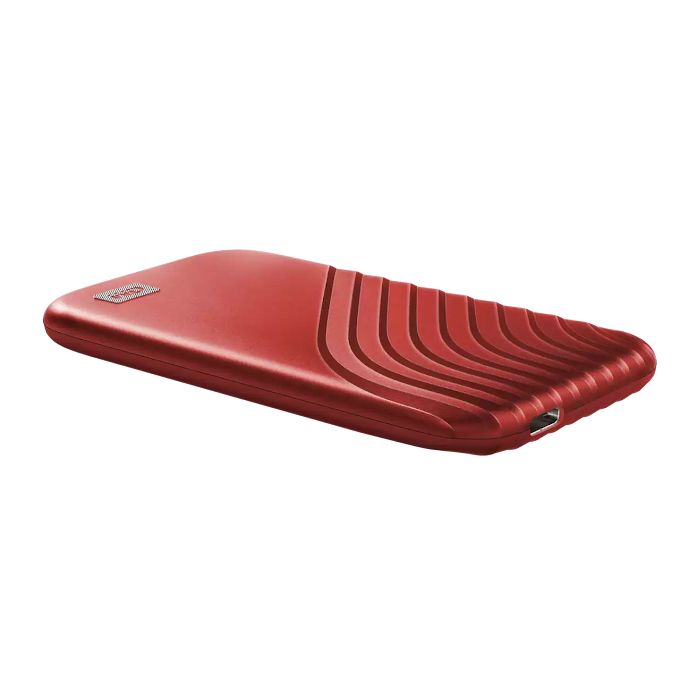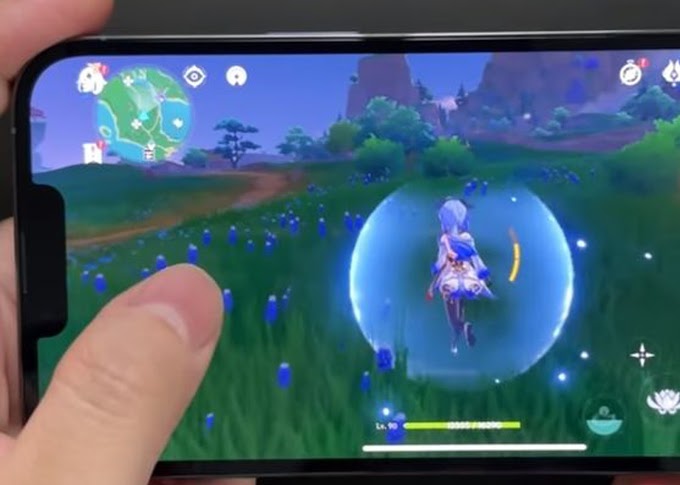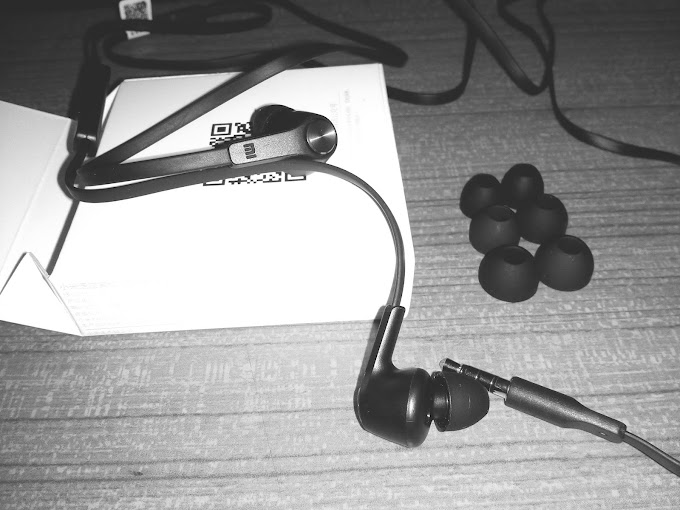All iPhone devices have a unique hardware identifier known as a MAC address, or as iOS refers to it, a Wi-Fi Address. Sometimes you need to know what the iPhone's MAC address is so you can connect an iOS device to a specific router, give it to a system or network administrator, use Wake On LAN, or for other purposes.
Any user can get the MAC address of their iPhone, iPad or iPod touch by following these easy steps to find hardware identifiers on iOS. This process is the same in all versions of iOS, and since the address is static and hardware-related, it works whether the device is connected to an active internet or a wi-fi connection or off-line, which makes it different from an IP address that requires an active connection, and which changes .
How to Find Hardware MAC Address of iPhone, iPad, iPod touch on iOS
- Open the Settings app on iOS
- Tap on General
- Navigate to and select the “About” option
- Scroll down and find what's labeled as "Wi-Fi Address"
- The character next to 'Wi-Fi Address' is the hardware MAC address of your iPhone, iPad, or iPod touch.
If you can't read the full line of addresses due to screen size or font size, note that you can tap and hold Wi-Fi Address and then select "Copy," then paste the device's MAC address into an app like Notes, Messages, or Email.
An iOS device's MAC address is always in what looks like a random hexadecimal format such as "xx.xx.xx.xx.xx.xx", with each "xx" segment defined as a set of letters, numbers, or both.
Those alphanumeric characters are meant to be unique to each and every device which is why they are not easy to remember, nor are they meant to be. That applies to all internet-connected hardware, not specifically the iPhone or iPad.
This process is the same across all versions of iOS, whether you're running multiple older iPhones, or iOS 8 on an iPhone 6 Plus or iPad Air. All devices have one MAC address identifier.
There are many reasons you need a MAC address from an iPhone, from being able to access certain restricted networks with MAC address filtering to even spoofing a Mac's MAC address to match an iPhone so you can use Wi-Fi intended for iPhones and iOS devices only (like iSpot CLEAR). and some old WiFi hotspots that use smartphone-specific MAC address filtering).
Technically, all internet-connected devices have one of these too, but we're obviously focusing on iOS and iPhones specifically here.




